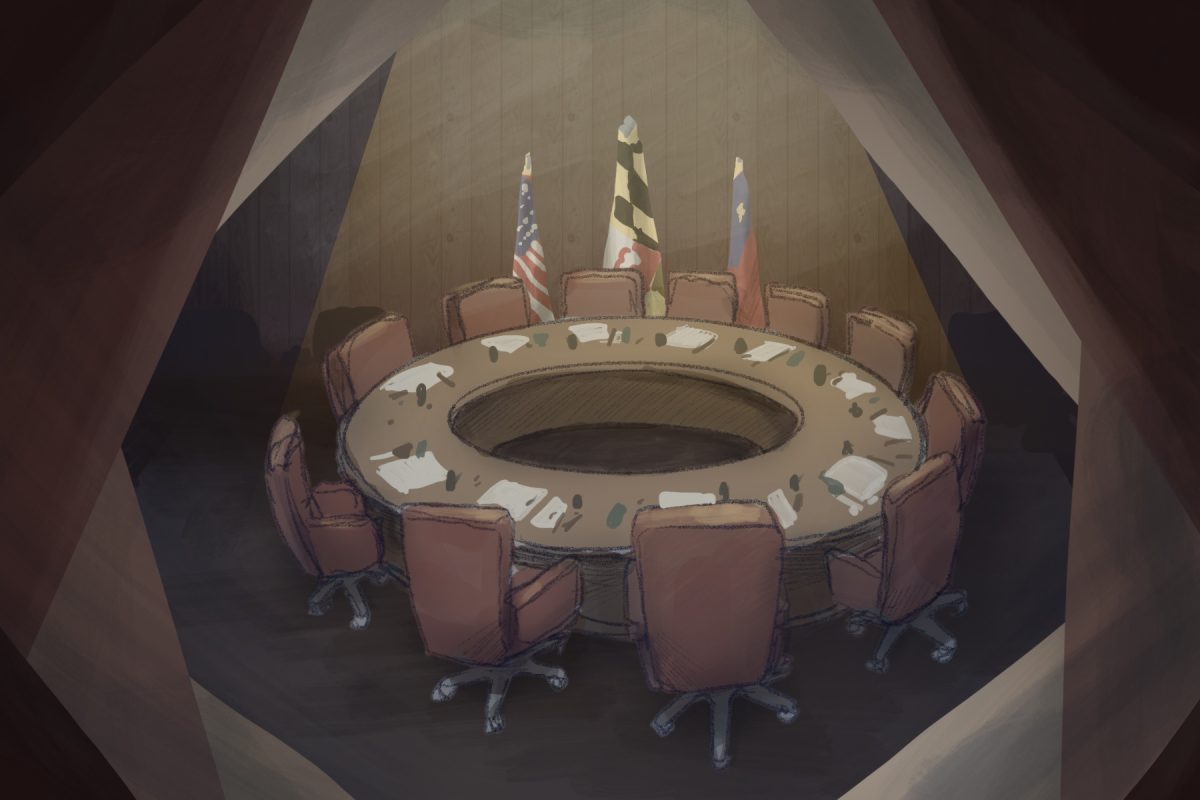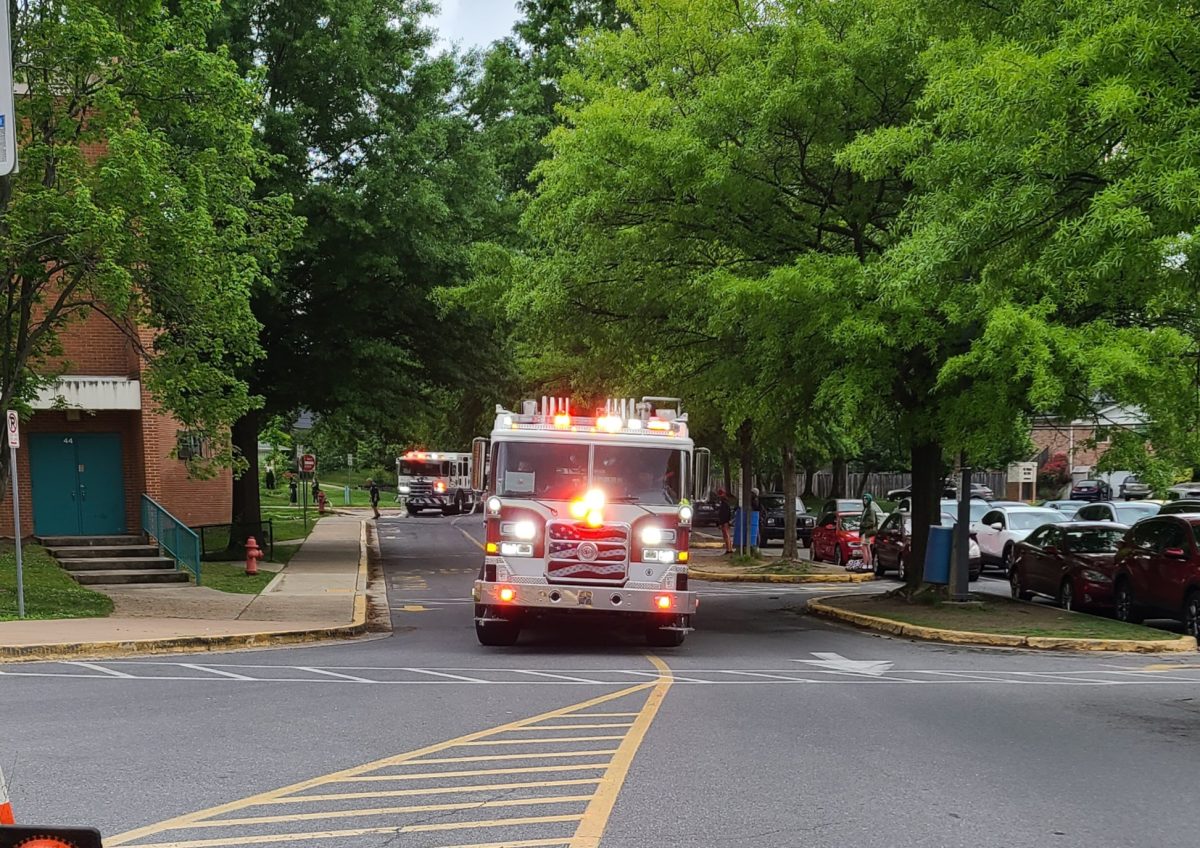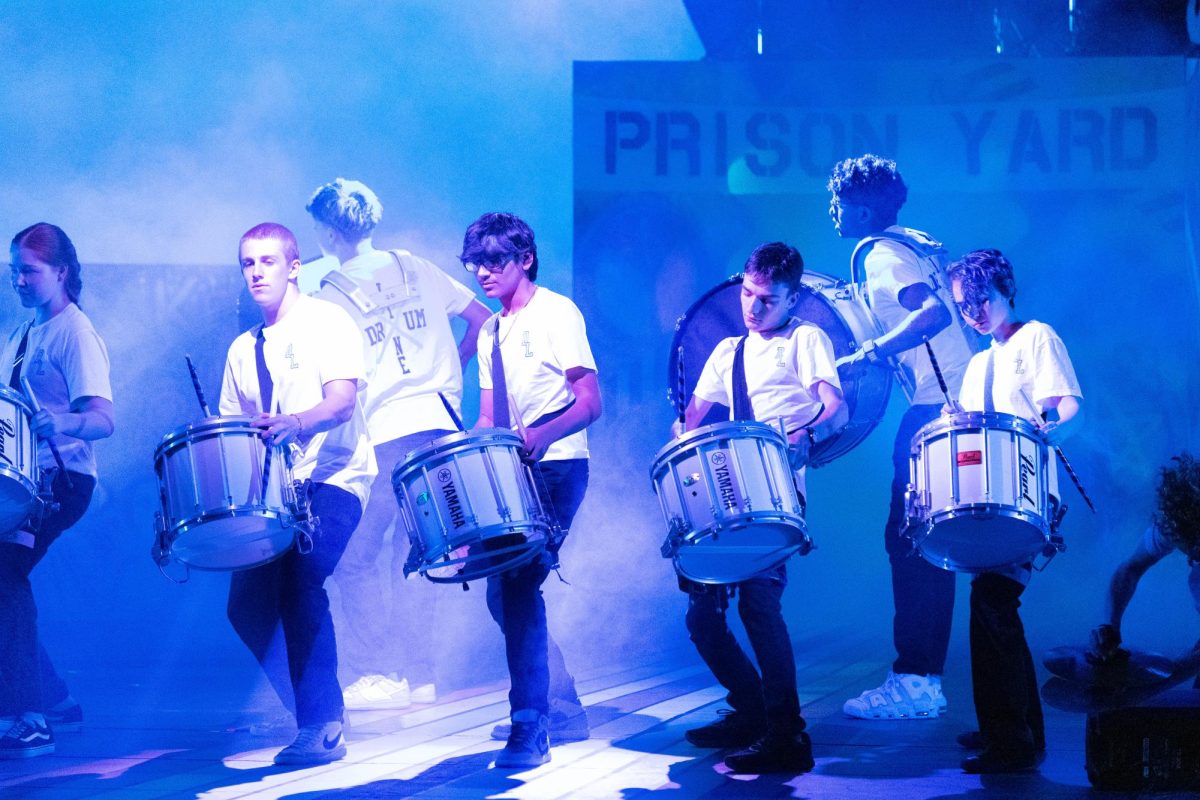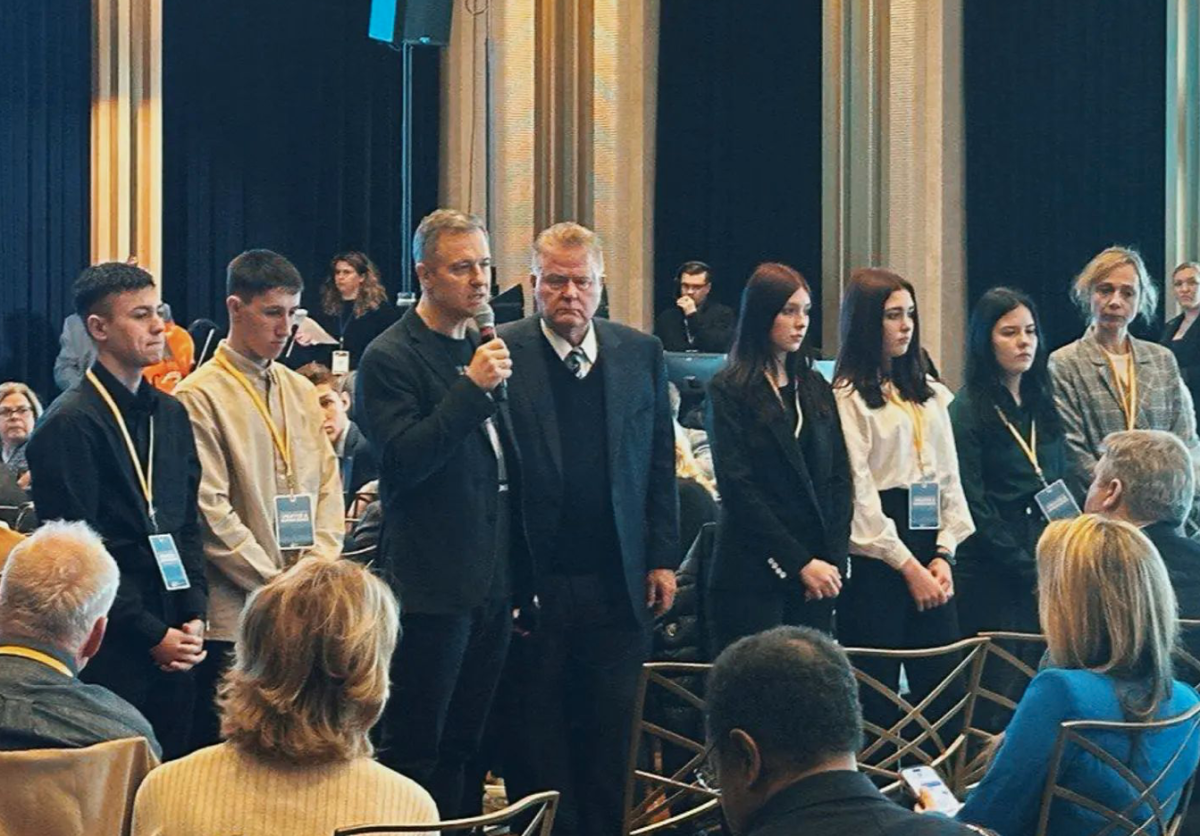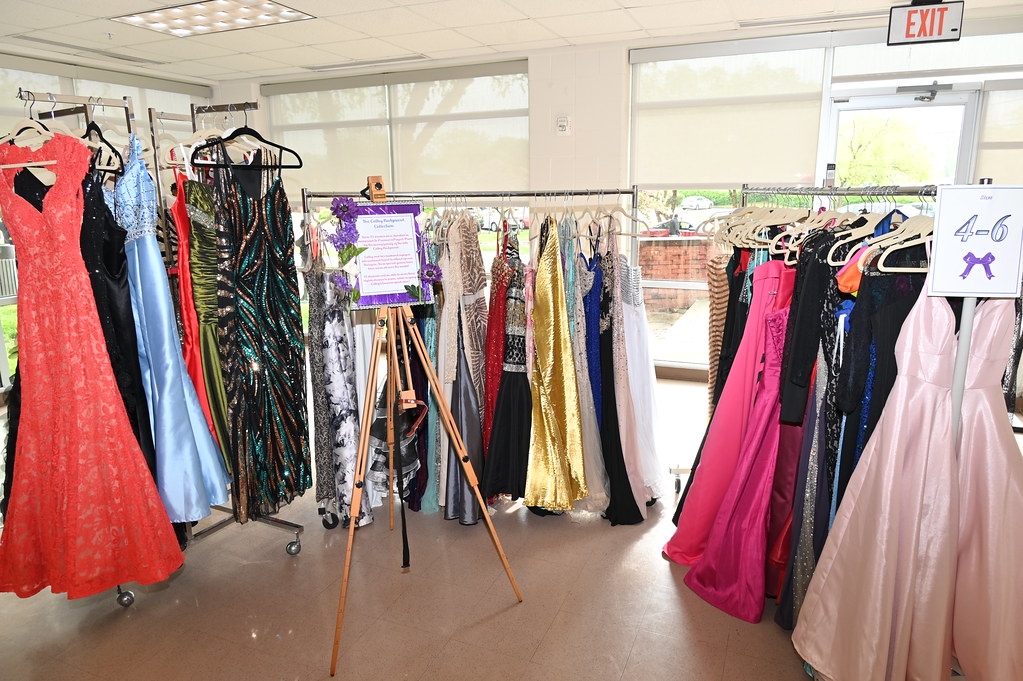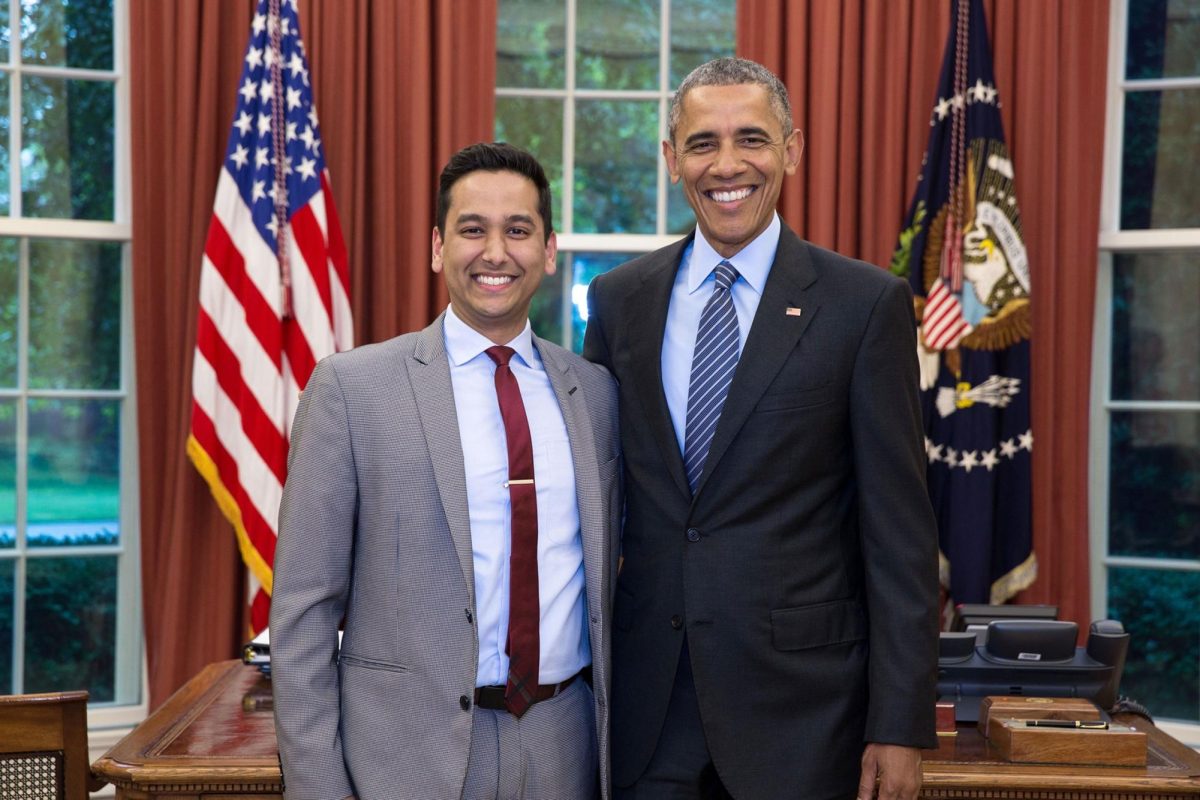As juniors prepare for a rigorous season of college applications, they sign up for their College Board accounts, naviance accounts-and YouTube accounts?
Tufts University, St. Mary’s College of Maryland and George Mason University are the first three colleges to accept YouTube videos as part of their college applications. These video essays either replace a supplemental essay question or can be an optional addition to the application.
St. Mary’s added the supplemental video essay option in 2008 as another way of getting to know the applicant’s personality, assistant director of admissions Benjamin Toll says.
“The reality is that we aren’t using an application to judge English skills,” Toll says. “That’s what we have four years of English grades for.”
After growing accustomed to objective analysis of high school essays, some students find it easier to express themselves in a more interesting video format, Toll adds.
“A high school teacher will ask about the impact of 18th century Chinese imperialism,” he says. “A college application essay asks about how 18th century Chinese imperialism has affected their life.”
George Mason and Tufts opted to maintain traditional essay requirements, while giving students the option of substituting a supplemental written essay with a video.
“I don’t believe that videos essays are better than a written essay, but they offer a different way for students to share information about themselves,” George Mason dean of admissions Andrew Flagel says.
Amelia Downs, a current freshman at Tufts, says she chose to take advantage of the YouTube video supplement because she believed it would be the best way to convey her personality.
“I browsed the list of supplemental essay options and looked for something that inspired me,” she says. “Once I saw the video option, there was never really a question about what I would do.”
Her video consists of multiple “math dances” in which she uses her body to demonstrate the shape of various mathematical graphs, including a pie graph, cosine and sine curves and a box and whisker plot.
“The filming of the video took a little less than 30 minutes,” she says. “I thought up a few sentences that precede the dance, but nothing was formally planned.”
Senior Christina Tono says she never really considered the video option at these schools because she believes it would require a lot more time and effort than writing just a standard supplemental essay.
“I applied to a lot of schools without a lot of specific effort to each application,” she says. “The truth is I just thought you had to write a written essay for every school-doing a video just seemed so much more inconvenient.”
Tono added that it seems much harder to make a great video than it is to write a good essay.
“If the video is not exceptional, it’s extremely boring,” she says. “You’re pretty much just rambling in front of the camera explaining who you are, and college admissions officers could unconsciously be judging every aspect of you.”
Unless he is sending in an application to a film school, junior Danny Parris says that he will not take advantage of the video option.
“No one can possibly sum themselves up in one or two minutes of video,” he says. “You could possibly display your creativity, but that’s really it.”
The number of students submitting YouTube videos remains small, but is steadily increasing each year. St. Mary’s received 70 to 100 videos this year while George Mason received 120.
It all comes down to the fundamental point of a college essay–showing the college who you are, Toll says.
“We’re looking to learn things about an applicant that aren’t apparent in a transcript or SAT score,” he says. “The choice of a YouTube essay or not really comes down to how the student thinks they could express themselves best.”




